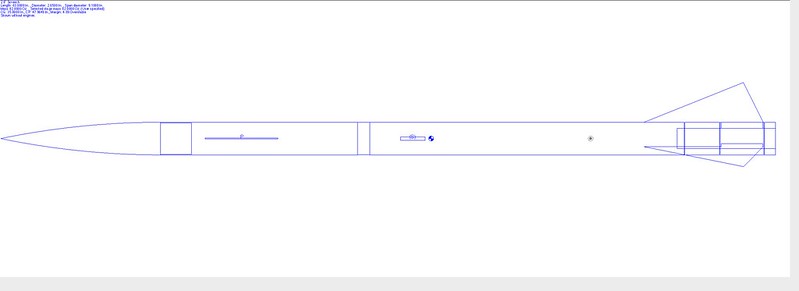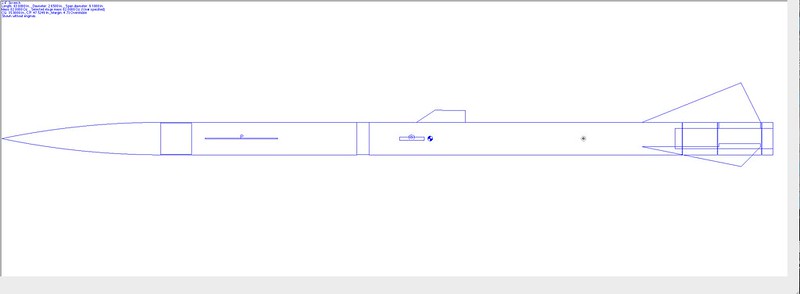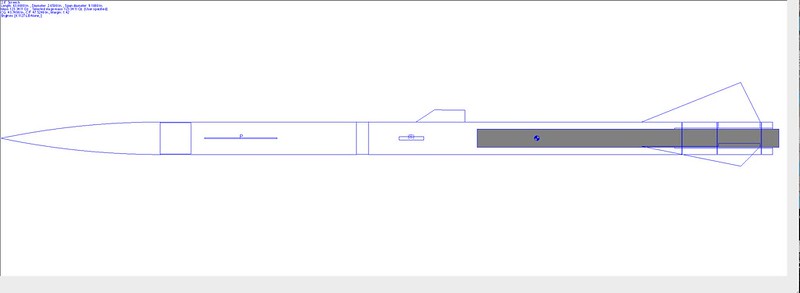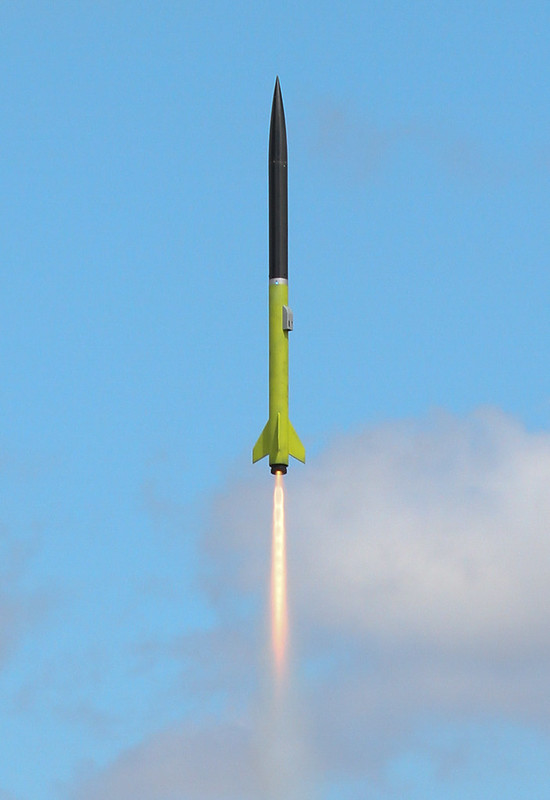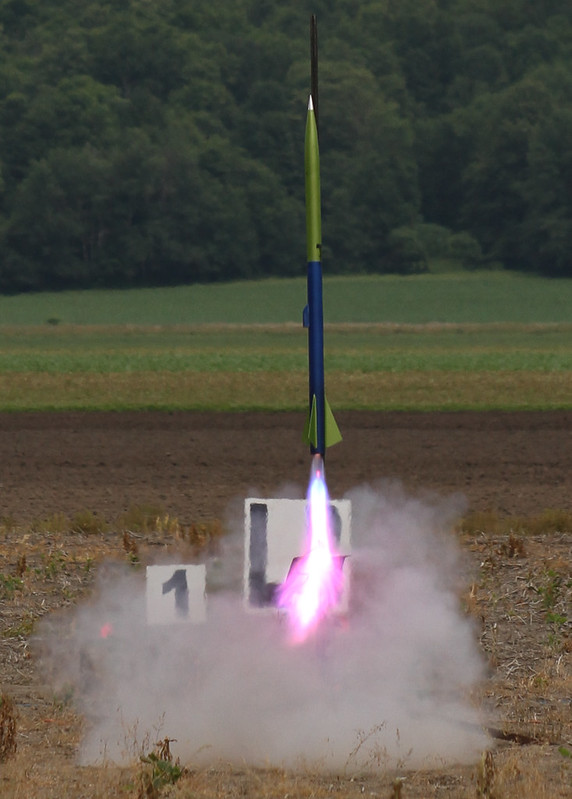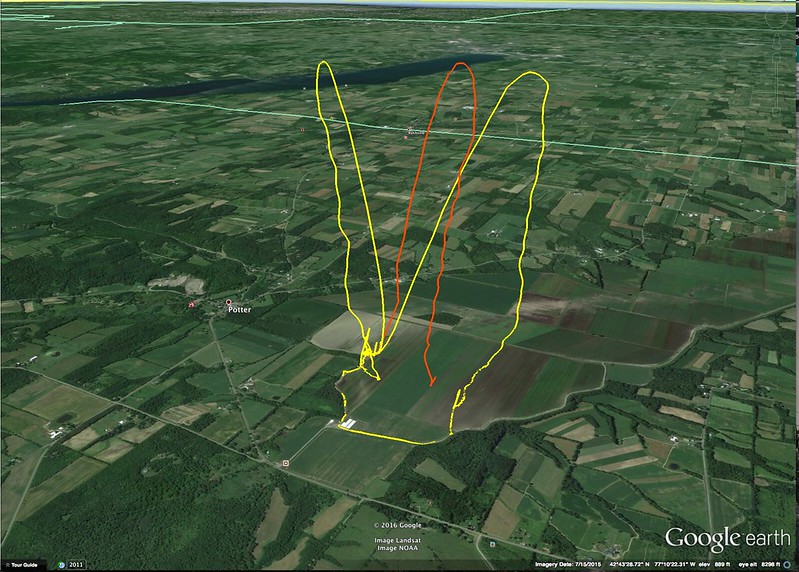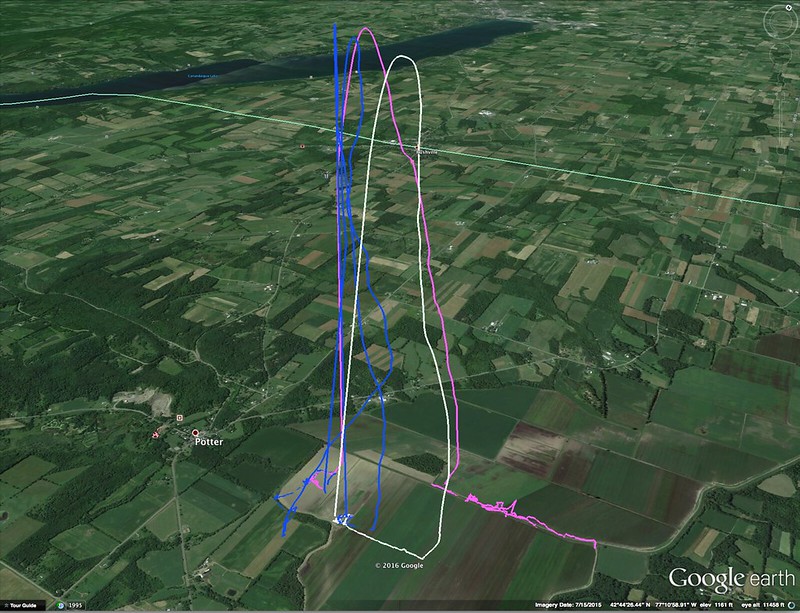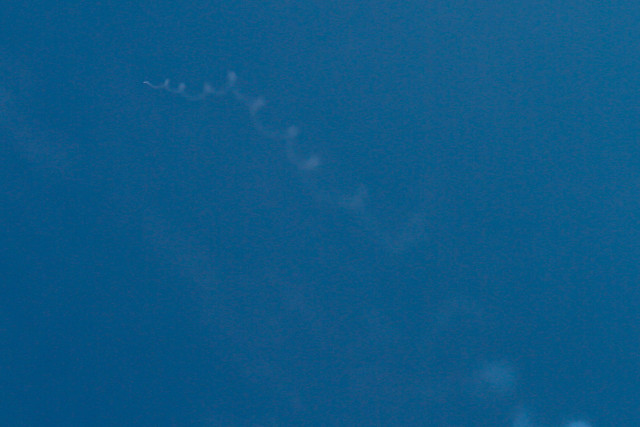I am specifically looking for feedback from anyone who is using a Mobius camera mounted on a 3" Darkstar, although all feedback is welcome. I have a 3" Darkstar and my Mobius camera used to be mounted about mid way on the payload tube. I like to watch the apogee event and see the booster dangling, then touching down. However I would like to move it down a bit but not sure where to place it as I have it in my head that the higher it is the more effect it has on the aerodynamic stability of the flight. I have not facts to stand on when it comes to this as it is more intuitive and maybe I am completely wrong.
Ideally it would be just about the AV band, so about a foot lower than where it was and in a spot where I could still view my apogee event. However in that position it may have an effect on the laminar airflow around my sampling holes, or maybe not, again just a guess.
Down between the fins seems to be a popular spot and based on the 3" Darkstar fin size, it would likely have the least effect on the aerodynamics. However I miss the apogee event.
Any factual substance to my thoughts, where is yours?
Ideally it would be just about the AV band, so about a foot lower than where it was and in a spot where I could still view my apogee event. However in that position it may have an effect on the laminar airflow around my sampling holes, or maybe not, again just a guess.
Down between the fins seems to be a popular spot and based on the 3" Darkstar fin size, it would likely have the least effect on the aerodynamics. However I miss the apogee event.
Any factual substance to my thoughts, where is yours?




